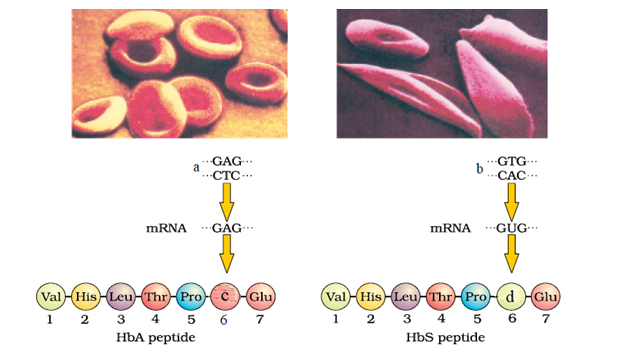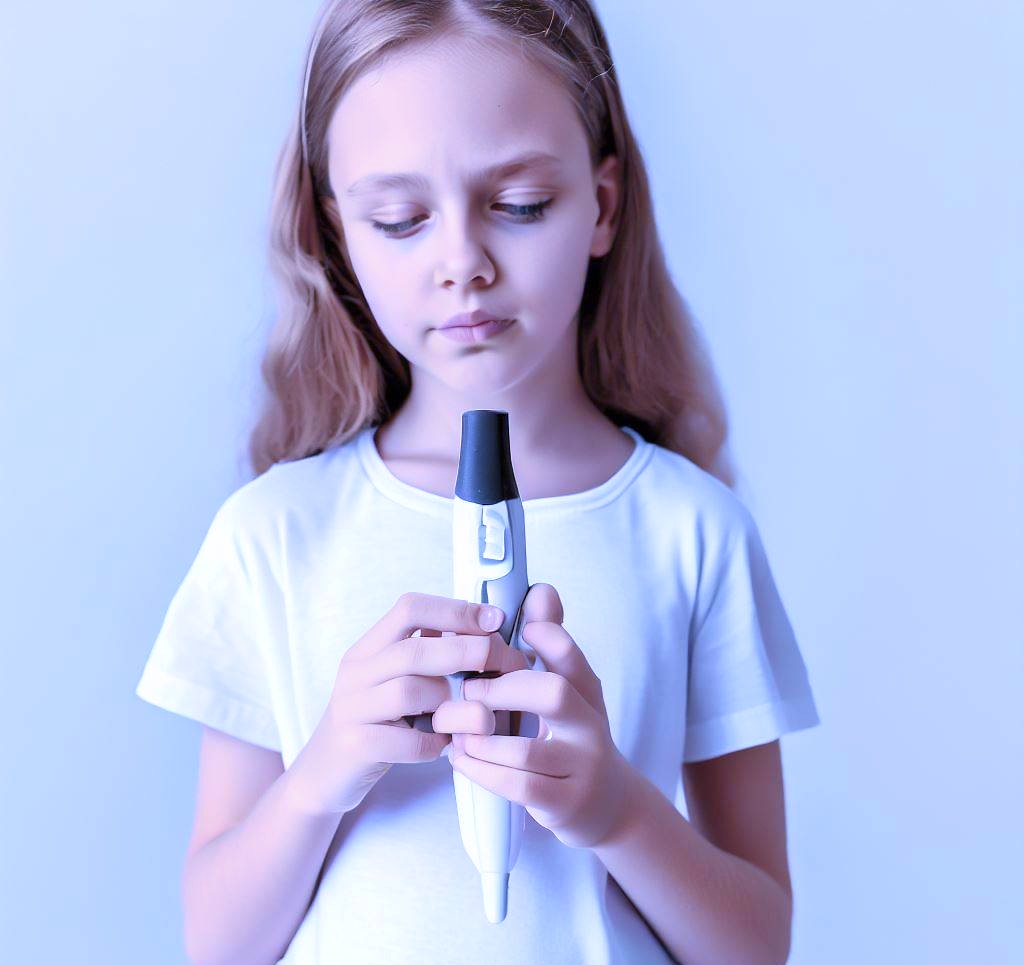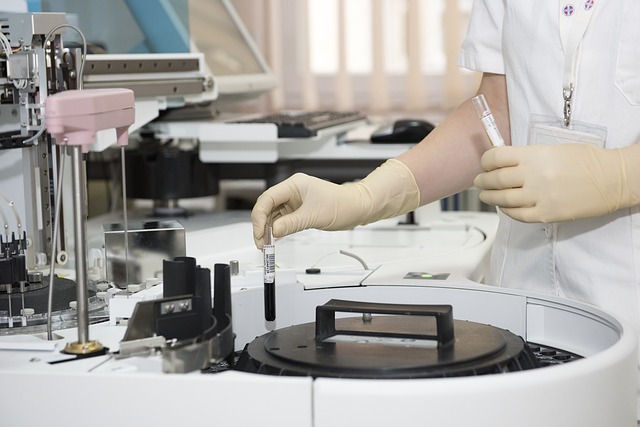Project on Menstrual Cycle Class 12 Biology
- Overview of the menstrual cycle: This could include a brief explanation of the different phases of the cycle, the hormones involved, and how they affect the body. You could also discuss the average length of the menstrual cycle and how it can vary from woman to woman.
- Symptoms of the menstrual cycle: This could include a discussion of the physical and emotional symptoms that women typically experience during each phase of the cycle. You could also talk about how to manage these symptoms.
- Disorders of the menstrual cycle: This could include a discussion of conditions such as amenorrhea (absence of menstruation), dysmenorrhea (painful menstruation), and polycystic ovary syndrome (PCOS).
- Menstrual hygiene: This could include a discussion of the different products and methods available for managing menstruation, as well as tips for staying clean and comfortable during this time.
- Menstrual health and wellness: This could include a discussion of the importance of taking care of your menstrual health, both physically and emotionally. You could also talk about how to prevent menstrual problems and maintain a healthy menstrual cycle.
Phases of Menstrual Cycle:
The menstrual cycle is divided into four phases: menstruation, the follicular phase, ovulation, and the Luteal phase.
- Menstruation phase: This is the first phase of the menstrual cycle and it lasts for about 5 days. During menstruation, the lining of the uterus (the endometrium) breaks down and is shed. This is accompanied by bleeding, which is usually heaviest on the first day and tapers off by the end of the 5th day.
- Follicular phase: This phase starts after menstruation ends and lasts for about 10-14 days. During this phase, an egg (ovum) matures in a follicle in one of the ovaries. The levels of the hormone estrogen rise during this phase, which causes the lining of the uterus to thicken.
- Ovulation phase: This is the midpoint of the menstrual cycle and it usually occurs 14 days before the next menstrual period starts. During ovulation, the egg is released from the follicle and travels down the fallopian tube towards the uterus.
- Luteal phase: This phase starts after ovulation and lasts for about 14 days. During this phase, the empty follicle becomes a corpus luteum, which produces the hormone progesterone. Progesterone helps to maintain the lining of the uterus in case the egg is fertilized.
If the egg is not fertilized, the corpus luteum breaks down and the levels of progesterone and estrogen drop. This causes the lining of the uterus to break down and menstruation to begin again.
The menstrual cycle can vary in length from woman to woman, but the average length is 28 days. However, it is normal for the cycle to be anywhere from 21 to 35 days long.
The menstrual cycle is regulated by a complex interplay of hormones, including estrogen, progesterone, follicle-stimulating hormone (FSH), and luteinizing hormone (LH).
The menstrual cycle is an important part of a woman’s reproductive health. It allows her to become pregnant and have a baby. However, it can also be a time of discomfort and inconvenience. There are many things that women can do to manage the symptoms of their menstrual cycle, such as using pain relievers, exercising, and getting enough sleep.
If you have any concerns about your menstrual cycle, it is important to talk to your doctor.
Menstrual Hygiene:
Menstrual hygiene refers to the practices and measures taken by individuals to maintain cleanliness and promote health during their menstrual cycles. It involves various habits and routines aimed at ensuring comfort, preventing infections, and minimizing potential discomfort associated with menstruation. Proper menstrual hygiene is important for the overall well-being and dignity of individuals who menstruate. Some common aspects of menstrual hygiene include:
1. Using Clean and Absorbent Menstrual Products: Using clean and appropriate menstrual products such as sanitary pads, tampons, menstrual cups, or reusable cloth pads can help absorb menstrual blood and prevent leakage.
2. Regular Changing of Menstrual Products: Menstrual products should be changed regularly, usually every 4 to 6 hours, to prevent odor, discomfort, and the risk of infections.
3. Personal Hygiene: Regularly washing the genital area with clean water and mild soap can help maintain cleanliness during menstruation. Avoid using harsh soaps or scented products, as they can disrupt the natural pH balance.
4. Proper Disposal of Used Products: Used menstrual products should be disposed of properly to prevent environmental pollution and the spread of infections. Some products, like menstrual cups, can be emptied, cleaned, and reused, while others need to be disposed of in designated waste bins.
5. Wearing Comfortable and Breathable Clothing: Choosing comfortable, breathable underwear and clothing can reduce discomfort and irritation during menstruation.
6. Maintaining Good Hand Hygiene: Washing hands thoroughly with soap and water before and after changing menstrual products is essential to prevent the spread of germs and infections.
7. Staying Hydrated: Drinking enough water during your period helps maintain overall bodily health and can alleviate some symptoms like bloating.
8. Healthy Diet: Consuming a balanced diet rich in nutrients can help manage menstrual symptoms. Some nutrients, like iron, are especially important during menstruation.
9. Regular Baths or Showers: Taking regular baths or showers can help individuals feel fresh and clean.
10. Educating and Raising Awareness: Educating oneself and others about menstrual hygiene practices is crucial for breaking stigmas and ensuring that accurate information is available to all individuals.
Proper menstrual hygiene practices contribute to both physical comfort and emotional well-being during menstruation. It’s important to note that these practices may vary based on cultural norms, personal preferences, and available resources. It’s advisable to consult healthcare professionals or reliable sources for guidance on maintaining menstrual hygiene.
What is Menopause?
Menopause is the natural end of a woman’s menstrual cycle. It occurs when the ovaries stop producing eggs and the levels of the hormones estrogen and progesterone decline. Menopause usually happens between the ages of 45 and 55, but it can happen earlier or later.
The symptoms of menopause can vary from woman to woman. Some of the most common symptoms include:
- Hot flashes
- Night sweats
- Vaginal dryness
- Irregular periods
- Sleep problems
- Mood swings
- Memory problems
- Fatigue
- Weight gain
There are a number of things that women can do to manage the symptoms of menopause, such as:
- Exercise regularly
- Eat a healthy diet
- Get enough sleep
- Manage stress
- Talk to your doctor about hormone therapy
Menopause is a natural part of aging, but it can be a challenging time for many women. There are many resources available to help women cope with the symptoms of menopause and live a healthy and fulfilling life.
Here are some additional information about menopause:
- The average age of menopause is 51, but it can happen as early as 40 or as late as 55.
- Menopause is caused by a decrease in the production of estrogen and progesterone by the ovaries.
- The symptoms of menopause can last for several years.
- There are a number of treatments available to help manage the symptoms of menopause.
- Menopause can increase the risk of certain health problems, such as osteoporosis and heart disease.
If you are experiencing any of the symptoms of menopause, it is important to talk to your doctor. They can help you determine if you are going through menopause and discuss treatment options.
What is Menarche?
Menarche is the first menstrual period in a girl’s life. It is a sign that she has reached puberty and is now capable of becoming pregnant. Menarche typically occurs between the ages of 11 and 14, but it can happen earlier or later.
The onset of menarche is triggered by a number of factors, including:
- Increasing levels of the hormone estrogen
- Weight gain
- Growth spurt
- Development of breasts and pubic hair
The first menstrual period is usually light and may last for only a few days. However, it is important to note that the menstrual cycle can be irregular for the first few years after menarche.
There are a few things that girls can do to prepare for menarche:
- Talk to their parents or a trusted adult about what to expect.
- Learn about the menstrual cycle and how to manage it.
- Get comfortable talking about menstruation with others.
- Have menstrual products on hand, such as pads or tampons.
Menarche is a normal and natural part of growing up for girls. It is a sign that she is maturing and becoming a woman. If you have any questions or concerns about menarche, talk to your doctor.
Here are some additional information about menarche:
- The average age of menarche is 12.5 years old.
- Menarche can be delayed by factors such as malnutrition, exercise, and certain medical conditions.
- Menarche can be early in girls who are overweight or obese.
- Menarche can be accompanied by some discomfort, such as cramps, bloating, and mood swings.
- There are a number of products available to help girls manage their menstrual periods.
If you are experiencing any pain or discomfort during your menstrual period, talk to your doctor. They can help you find ways to manage your symptoms and ensure that you are healthy.








